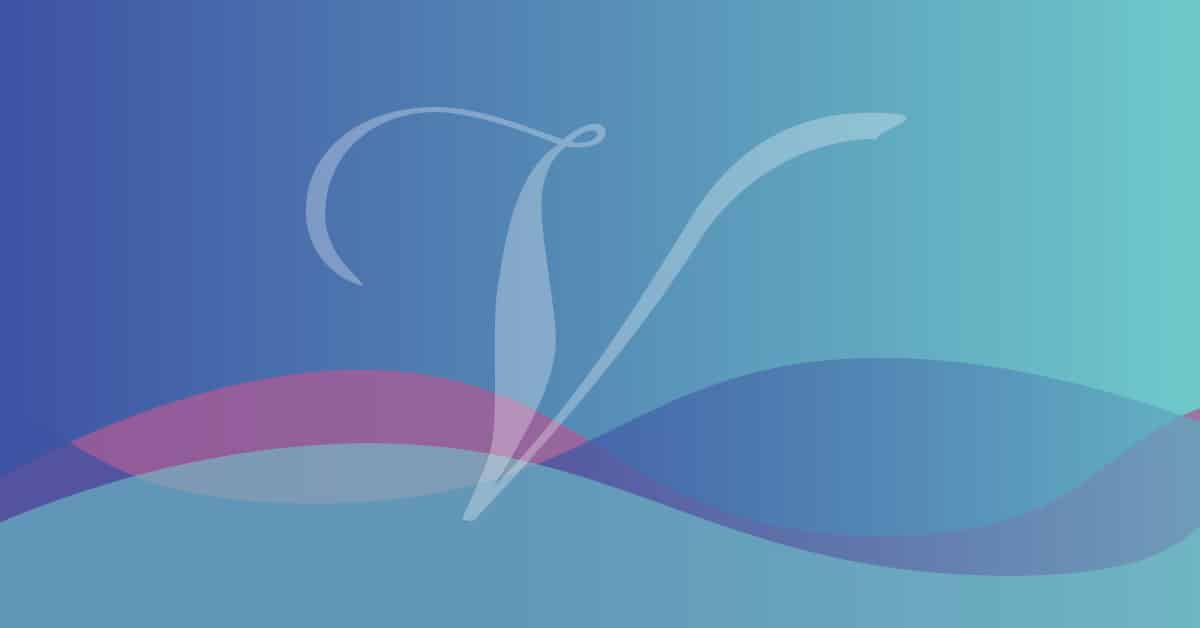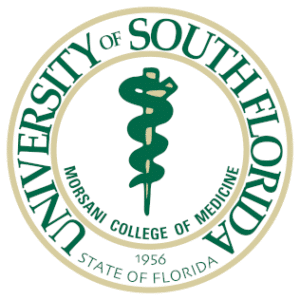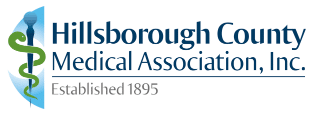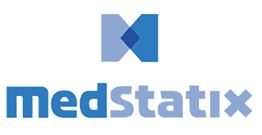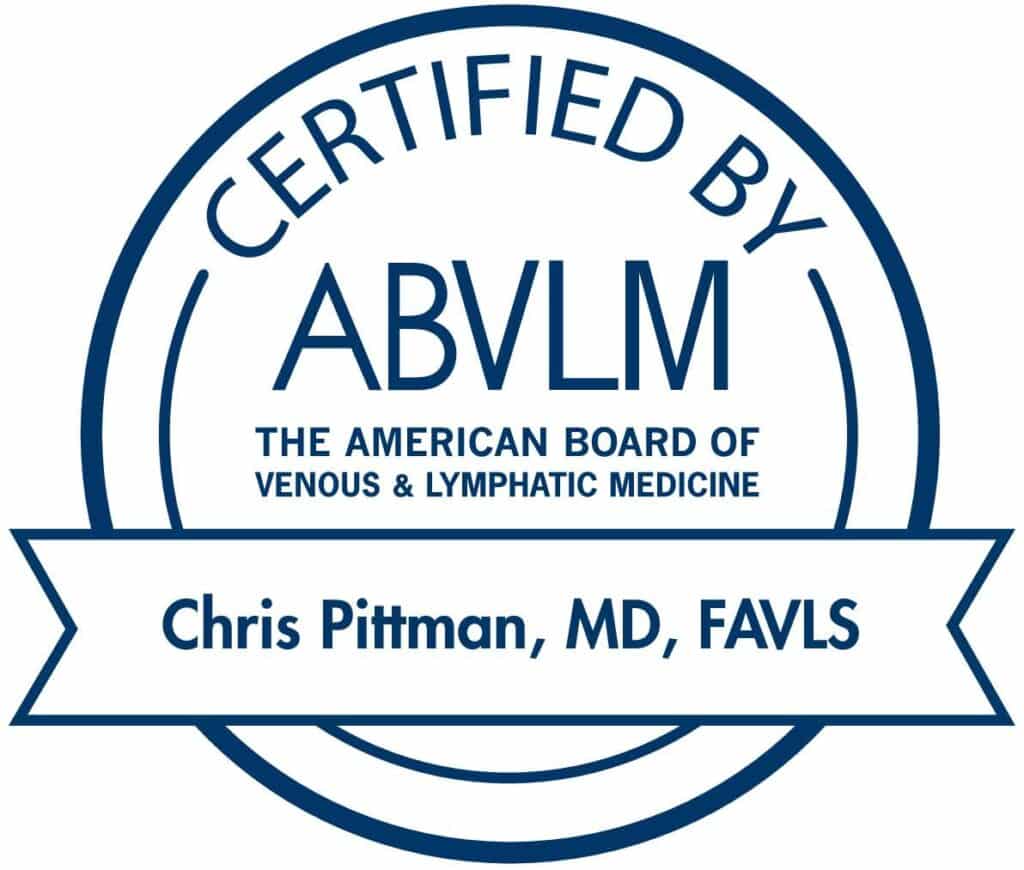What is vein disease?
Vein disease, also referred to as venous insufficiency, can be painful and embarrassing, often leading to varicose and spider veins on the legs. If you suffer from vein disease, it’s important to know what could be contributing to your vein disease, and what you can do to get relief.
Symptoms of vein disease
Vein disease can manifest in many forms. Vein disease usually makes itself visible through varicose and spider veins. Though spider veins typically don’t cause symptoms, varicose veins can cause symptoms such as:
- Cramping, burning or throbbing in the legs
- Heavy, tired or achy feelings in the legs
- Restless legs
- Itchy skin around the veins
- Skin ulcers on the lower legs (only in severe cases)
Contributing factors to vein disease
There are many factors that can lead to vein disease. These can include:
- Heredity – If you have a family member who has suffered from vein disease, you are more likely to develop vein disease yourself.
- Pregnancy – Pregnancy increases the body’s blood volume, which makes it more difficult for the blood to circulate and puts extra strain on the veins.
- Prolonged sitting or standing – Sitting or standing for prolonged periods of time, often due to a person’s occupation, can place added pressure on the veins and lead to vein disease.
- Age – If you are over age 50, you are more susceptible to developing vein disease.
- Obesity – Excess weight can put additional strain on the venous system, making the veins work harder to circulate the blood.
- Injury to the veins – Injured veins can have adverse effects on the valves within the veins, making you more vulnerable to vein disease.
Treatment options
Depending on your specific case, a customized treatment plan will be developed. A wide variety of treatment options are available to treat your vein disease and relieve yourself of pain and embarrassment. Treatment options will depend on the severity and symptoms of your case, and may include:
- Endovenous laser therapy (EVLT) – EVLT involves the use of a thin laser fiber inserted into the diseased vein to heat the vein wall, causing the vein to shut down and eliminate abnormal blood backflow.
- Compression stockings – Compression stockings are specialized hosiery used to help relieve uncomfortable symptoms and prevent further progression of vein disease.
- Visual Sclerotherapy – Visual Sclerotherapy is used to treat spider veins and small varicose veins by injecting a solution directly into the veins. This causes the problem veins to shrink and shut down.
- VeinGogh treatment – Used to treat tiny spider veins, VeinGogh uses a fine, insulated needle to administer treatment just below the surface of the skin.
If you are suffering from symptoms caused by vein disease and would like more information on treatment, call Vein911® Vein Treatment Centers today at (855) 396-9911 to see how an experienced vein professional can help you.

